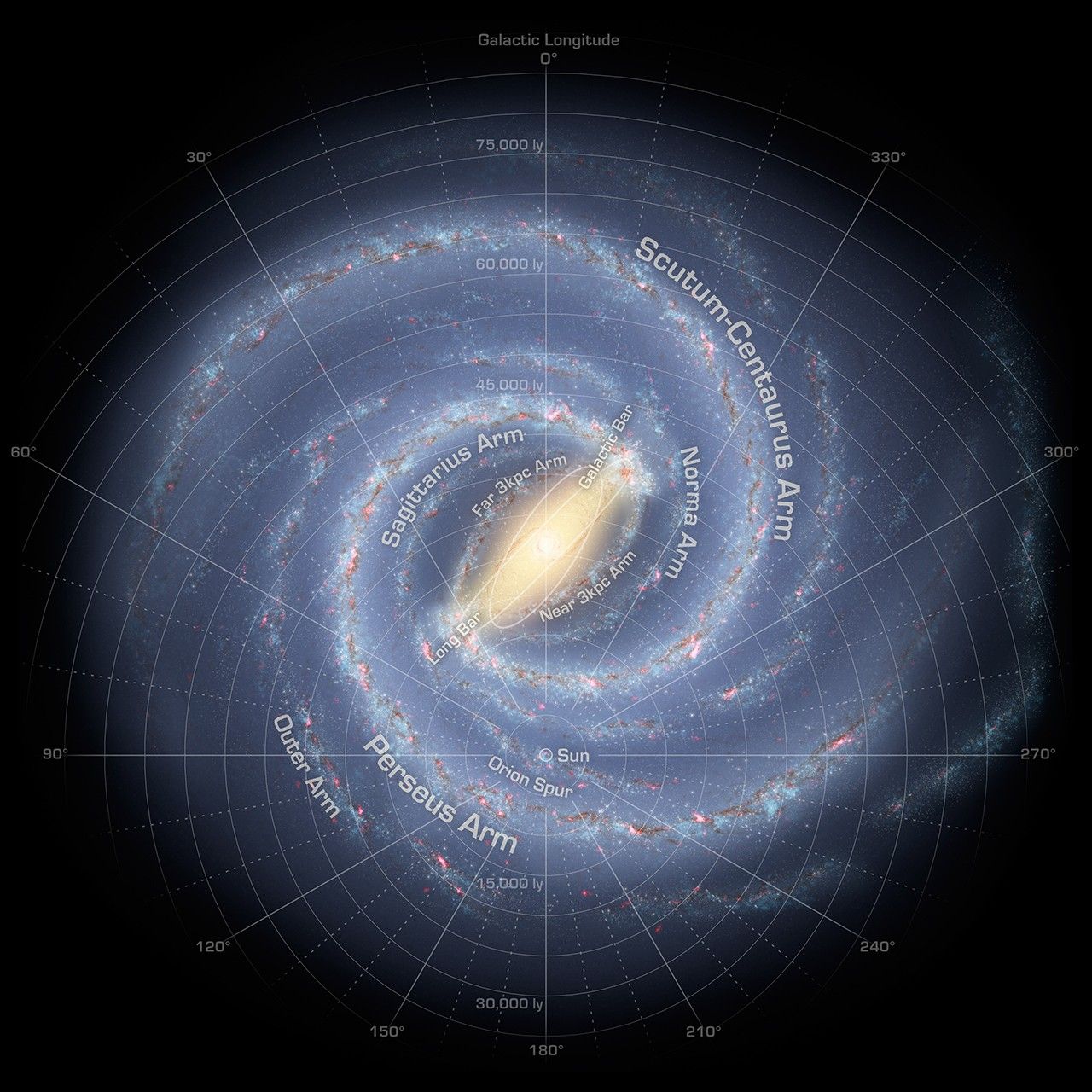OK: we can make this simpler. The Milky Way is a lovely band of light that we can see in the night sky. And when we look up in the summertime, it's full of treasures to discover. We can see the spiral arms, the dark dust lanes, and the vast array of star clusters, nebulae, and more.
In the August 2025 episode of the Translunar Podcast, I provide a tour of our own galaxy and a way to think about the band of light we see in the sky when we view the summer sky from a dark location. And I share some insights into how we categorize and classify galaxies. Savor the moment and happy listening (and viewing).
Translunar Podcast, courtesy of the Volkssternwarte München, available anywhere you get your podcasts.
Image courtesy of NASA.











